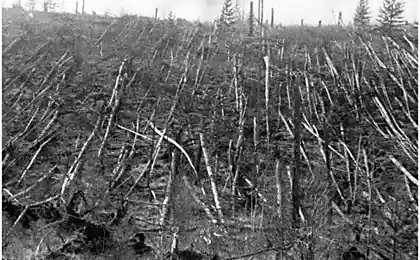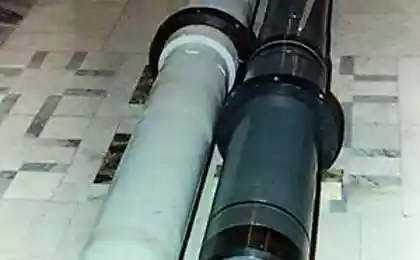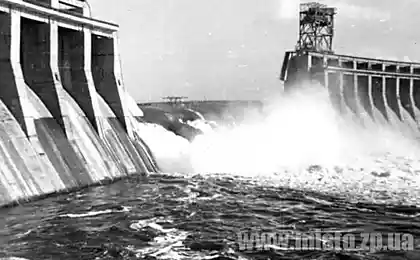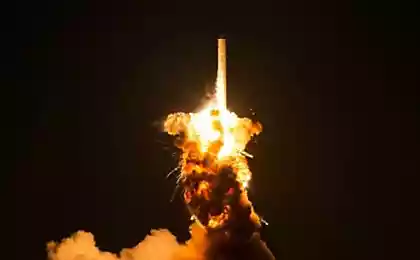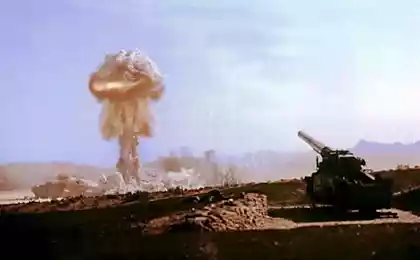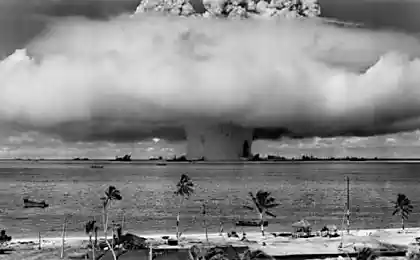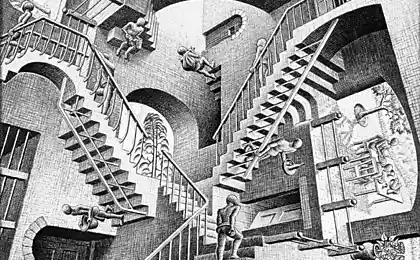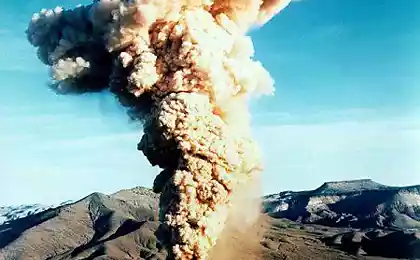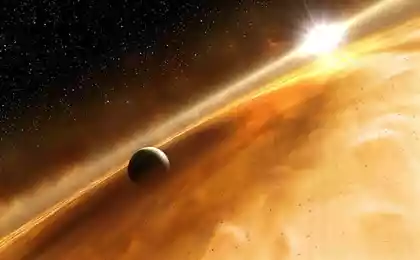150
Why supernovae explode
What causes a massive star to explode? Astronomers have long suspected that fusion destroys it. But now they have evidence: gamma-ray emissions recorded by the European satellite INTEGRAL have become living evidence of the decay of radioactive isotopes baked in a fusion furnace from a freshly prepared supernova.
The exploding star was discovered by accident four months ago in nearby galaxy M82, located about 11 million light-years from Earth. It turned out to be a special type of supernova known as Ia, which flares up to its maximum brightness in about three weeks and then slowly begins to dim.
At their peak, these types of exploded stars give off the energy of 4 billion suns, making them a good criterion for determining cosmic distances. It was with the help of these so-called standard candles in 1998 that astrophysicists discovered an unknown force, dark energy, that is responsible for accelerating the expansion of the universe.
Scientists have suggested that supernova Ia explosions are caused by sudden mergers of carbon and oxygen into heavier elements like nickel-56 inside the white dwarf, making it unstable.
"The merger happens automatically," astrophysicist Robert Kirchner of the Harvard-Smithsonian Center for Astrophysics wrote in a paper in Nature this week. A thermonuclear flame flares up in a white dwarf, synthesizing carbon into heavier elements with a sudden burst of energy that tears the star apart. Synthesis focuses on the element with the strongest nuclear bonds – in the case of a white dwarf, it is nickel-56.
When the remains of the star M82 were discovered, astronomers rushed to check whether the results matched theoretical predictions.
“The last Type Ia supernova in our galaxy was in 1604,” said Evgeny Churazov of the Max Planck German Astrophysical Institute.
Together with colleagues, Churazov used the European Space Agency’s International Gamma-Ray Astrophysical Laboratory (INTEGRAL) to observe the newly discovered supernova 50 to 100 days after the explosion. They found a neat chemical trace caused by the breakdown of radioactive isotopes of nickel into cobalt and iron. Calculations showed that the amount of radioactive nickel, the rate of expansion of the supernova and the amount of mass produced in the explosion coincide with the predicted.
We now see direct gamma rays of cobalt-56, which provide unequivocal proof that the thermonuclear explosion belongs to Ia. In principle, we expected this, but it is always good to get irrefutable evidence, Churazov said.
Source:hi-news.ru
Source: /users/1617
people who write with the left hand, have a hormonal imbalance
Movies in 3D and 2D have the same emotional effect.






